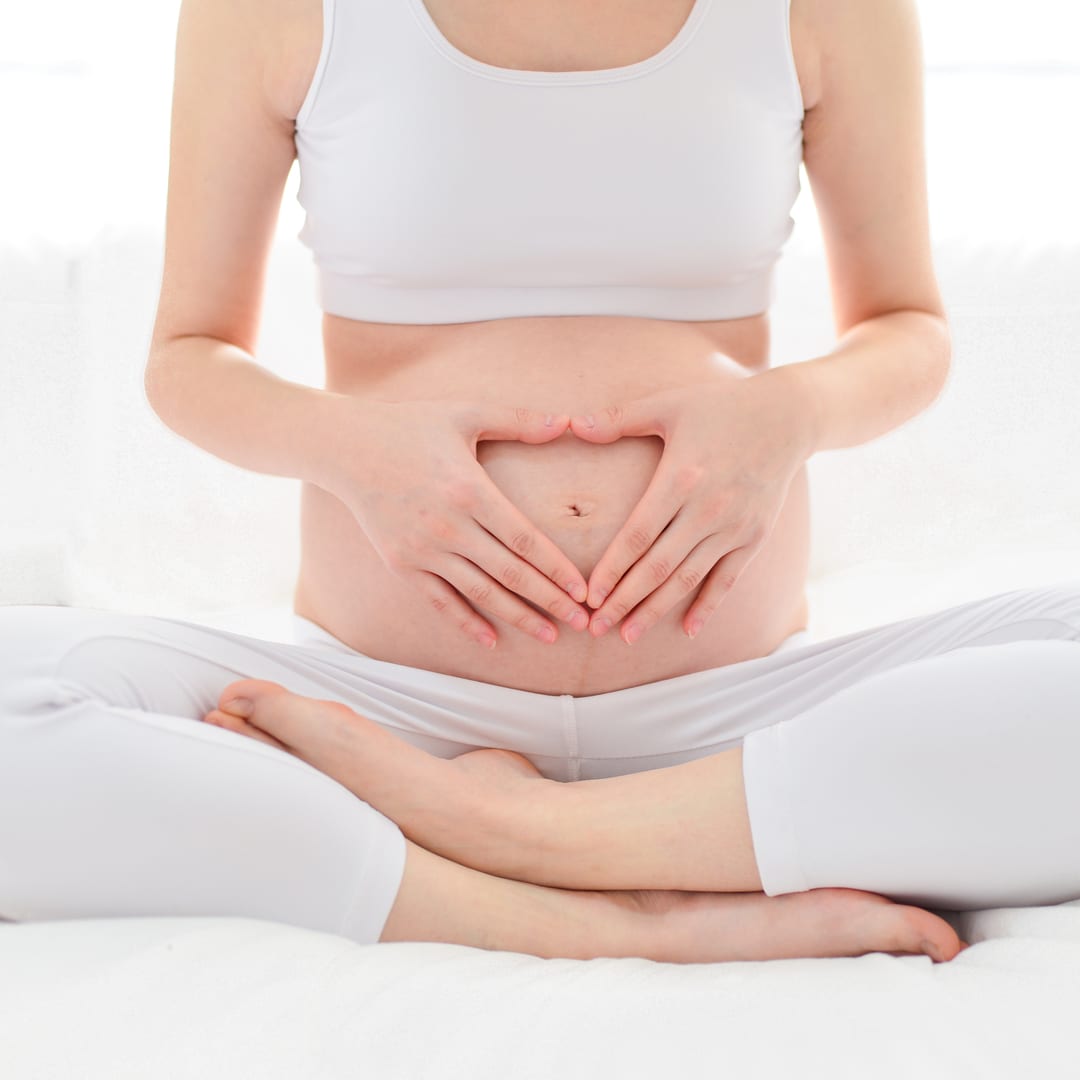Women’s bodies go through fascinating changes during pregnancy. You may feel a little more tired and sleepy during pregnancy, which is completely normal, but experts agree that mild to moderate intensity exercise during pregnancy can decrease risk for low back pain, constipation, excessive weight gain, promote good sleep quality, increase energy levels, and elevate your mood. Regular exercise has not been shown to increase risk of miscarriage in a low risk pregnancy. However, check with you health care provider before continuing or starting an exercise routine as exercise may not be recommended with some of the medical conditions, such as certain lung or heart diseases, multiple pregnancies with triplets or twins that predispose you at a higher risk for preterm labor, pregnancy induced high blood pressure, or severe anemia. Get the OK from your provider before you start an exercise program.
If you have been active before pregnancy, most of the time you can maintain the same levels of activity throughout pregnancy with some activity modifications. If pregnancy is a motivator to start an exercise routine, start small with 5-10 min/day and build to 30 min/day of moderate intensity exercise as recommended by the American College of Obstetrics and Gynecology. Brisk walking, exercising in the pool, and engaging in prenatal Yoga or Pilates could be a great way to start once you get the OK from your obstetrician to exercise.
Keep in mind, there are a couple changes that happen during pregnancy – joints become more relaxed as ligaments become loose due to hormonal changes, need of oxygen increases during pregnancy to supply all of the organs and muscle tissue, center of gravity also changes due to extra weight carried in the belly placing a little more stress on the lower back and pelvis.

These are the following activities you should consider avoiding and discussing with your health care provider:
● Lying flat on your back while exercising after the first trimester. This position decreased blood flow to the uterus.
● Contact sports, such as boxing, basketball or any sport with increased risk of being punched in the abdomen
● High impact activities, especially on loose gravel that may predispose you to ankle sprains and injuries
● Any activities that put you at an increased risk for falling or hitting the water hard, such as surfing, gymnastics, or skiing
● Exercising in extreme heat may predispose one to dehydration
● Scubadiving
It is also important to listen to your body and stop the exercise as well as contact your health care provider if any of the following occur: headaches, dizziness, vaginal bleeding, fluid leakage, calf pain, or chest pain.
Pregnancy affects every body slightly differently, and needs should be individualized. If you have specific questions regarding your situation and exercise regimen, please contact your team of health care providers. Otherwise, embrace this magical time of growth and transformation.
References used:
1. American College of Obstetricians and Gynecology. https://www.acog.org/patient-resources/faqs/pregnancy/exercise-during-pregnancy
2. https://www.cdc.gov/physicalactivity/basics/pregnancy/index.htm



